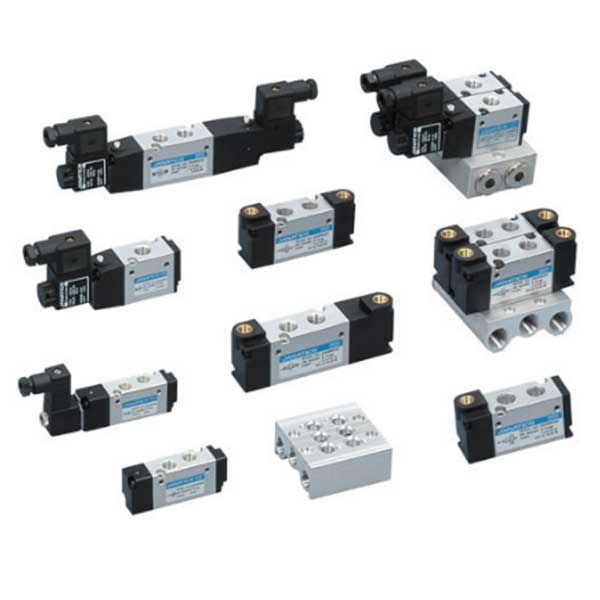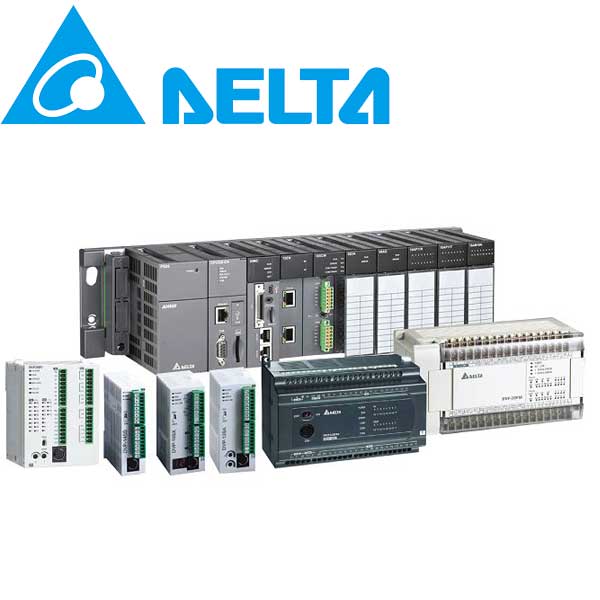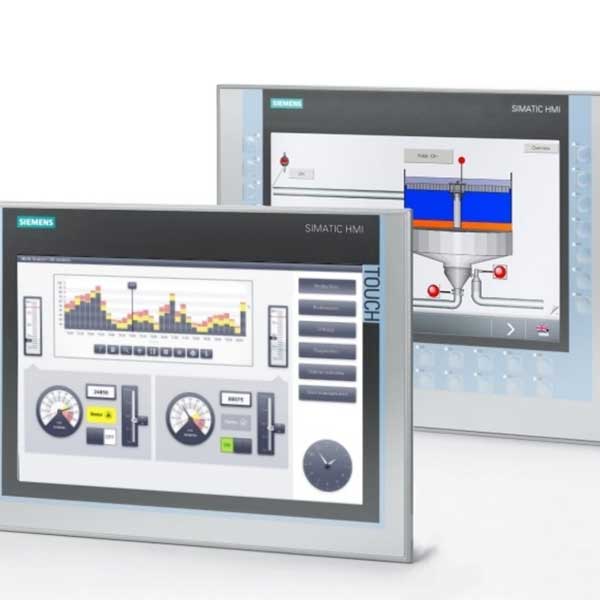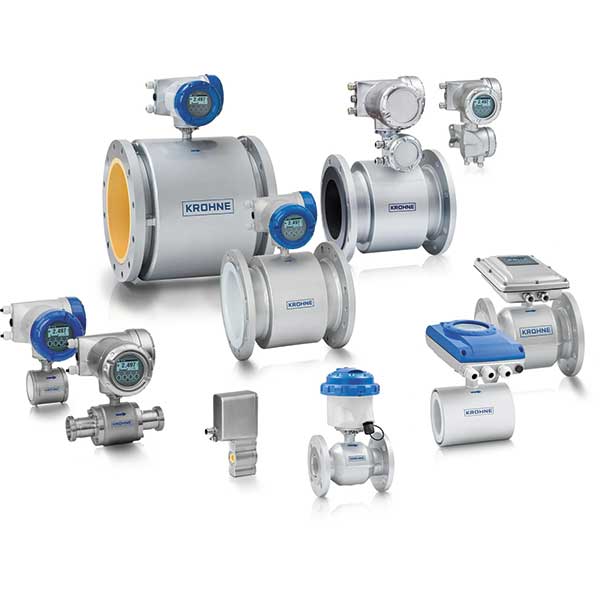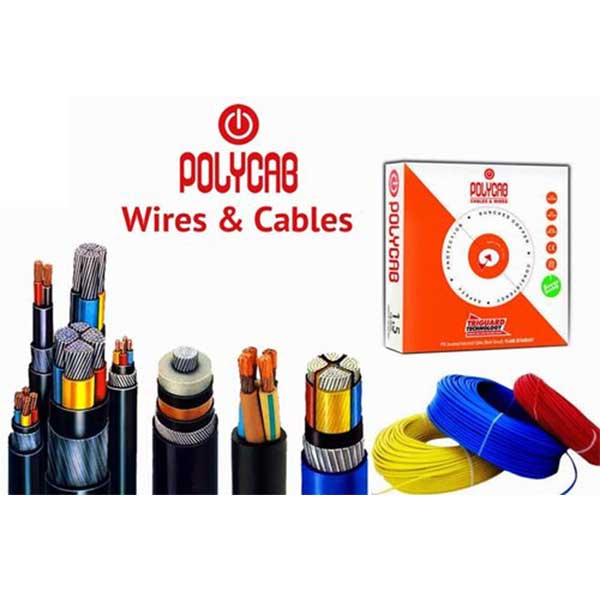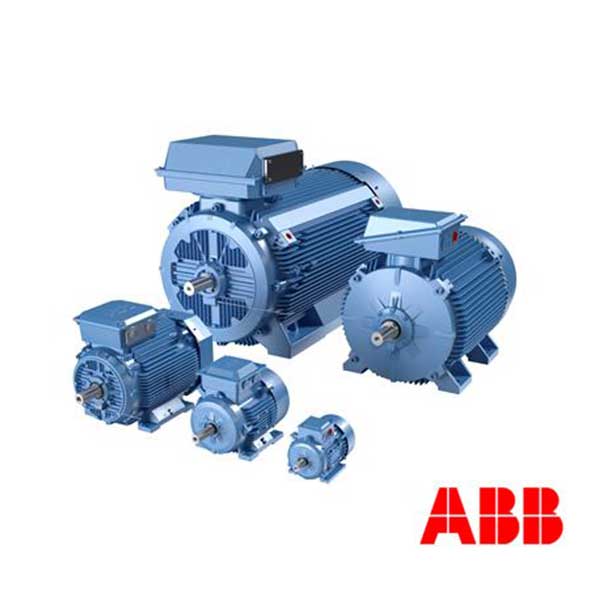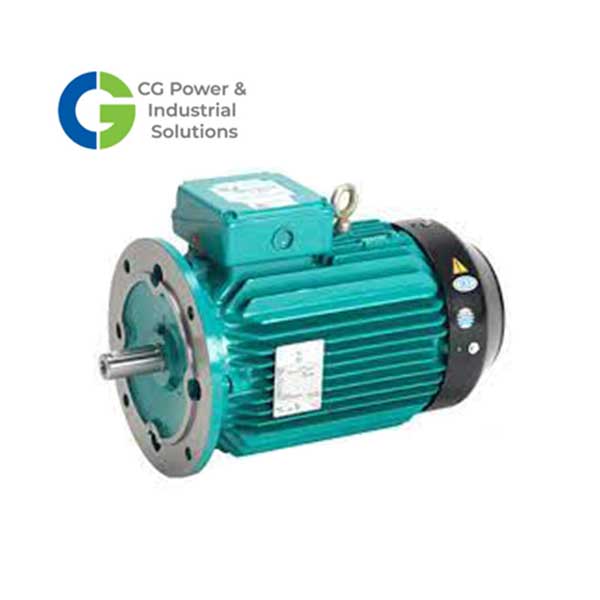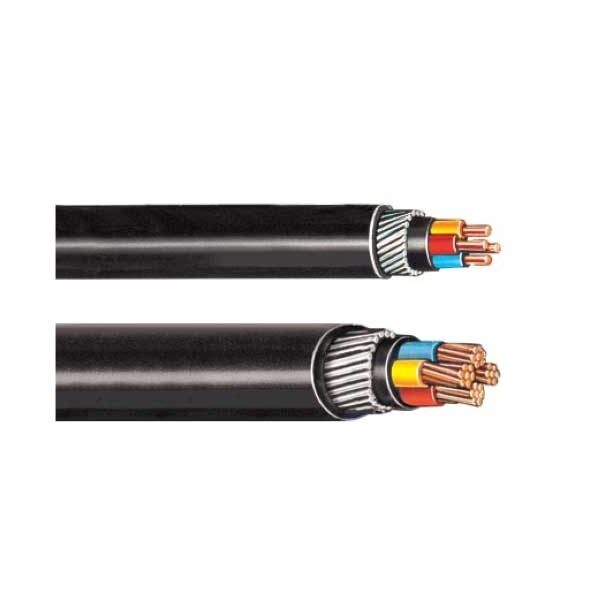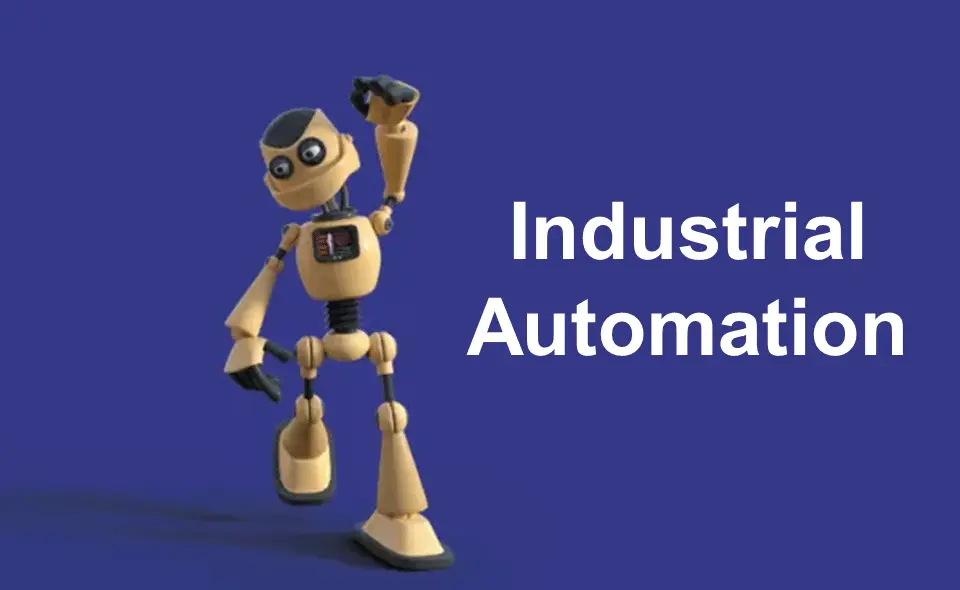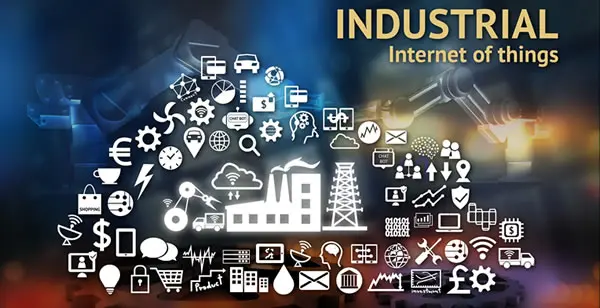
In the realm of ‘Industrial Manufacturing,’ a groundbreaking technological shift has taken place, bringing forth unprecedented changes—Industrial Internet of Things ( Industrial IoT ) also known as IIoT. This innovative concept is reshaping the way industries operate, propelling them towards unparalleled efficiency and productivity.
“Industrial IoT isn’t just about machines; it’s about creating a seamless symphony of efficiency.”
Understanding the Industrial Internet of Things ( IIoT )
Let’s unravel the complexity and grasp the essence of IIoT. Simply put, it’s like giving a ‘smart makeover’ to traditional industrial processes. By embedding sensors and smart devices in machinery, they can communicate with each other, sharing valuable data. This interconnected network transforms mundane processes into intelligent, data-driven operations.
The Power of Connectivity
In the heart of this transformation lies the power of connectivity. Machines now talk to each other, sharing insights in real-time. It’s akin to a team of experts collaborating seamlessly, each machine contributing its unique skillset to achieve a common goal. This connectivity fosters a synergy that drives efficiency to new heights.
Efficiency Unleashed: Predictive Maintenance
One of the standout features of IIoT is predictive maintenance. In the old days, machinery would break down unexpectedly, causing disruptions and downtime. With IIoT, machines predict when they might need attention. It’s like having a crystal ball for your equipment, foreseeing issues before they escalate.
Data: The Goldmine of Insights
In the world of industrial manufacturing, data is the new gold. IIoT generates a plethora of data points. It’s not just about quantity; it’s about the quality of insights derived. Imagine having a treasure trove of information about every facet of your production process. From machine performance to energy consumption, every detail is at your fingertips.
Smart Factories: The Future is Now
With IIoT, factories are becoming smarter. Machines are not just tools; they’re intelligent beings contributing to a larger, harmonious ecosystem. This transition to smart factories is not just a technological upgrade; it’s a paradigm shift in the way industries function.
Enhancing Safety: A Paramount Priority
Safety is paramount in any industrial setting. IIoT plays a pivotal role in ensuring a secure work environment. Smart sensors monitor conditions in real-time, identifying potential hazards and alerting operators promptly. This proactive approach to safety is a game-changer, preventing accidents and safeguarding human lives.
Cost Savings Through Industrial IoT Implementation
While the initial investment in IIoT infrastructure may seem significant, the long-term gains far outweigh the costs. The ability to optimize processes, reduce downtime, and minimize waste translates into substantial cost savings. It’s an investment in efficiency that pays off in dividends.
Industrial IoT Challenges on the Horizon: Security Concerns
As with any technological advancement, challenges arise. In the realm of IIoT, security is a key concern. With increased connectivity comes the potential for cyber threats. Safeguarding these interconnected systems becomes imperative to prevent unauthorized access and data breaches.
Integration with Legacy Systems: A Step-by-Step Industrial IoT Approach
For industries with established systems, the prospect of integrating IIoT might seem daunting. However, it’s essential to adopt a step-by-step approach. Gradual integration allows for a smoother transition, ensuring minimal disruption to existing operations.
The Role of Industrial IoT in Sustainable Practices
Beyond efficiency and productivity, IIoT contributes to sustainable practices. By optimizing resource utilization, reducing waste, and minimizing environmental impact, industries can align with eco-friendly initiatives. It’s a technological evolution that not only benefits businesses but also the planet.
Empowering the Workforce: Upskilling for the Future
With the rise of IIoT, the workforce undergoes a transformation. Employees need to adapt to working alongside smart technologies. Upskilling becomes imperative, ensuring that the human workforce remains an integral part of this technological revolution.
The Future Landscape: Continuous Evolution
The journey of IIoT is an ongoing saga of innovation. As technology evolves, so does its impact on industrial manufacturing. Embracing a mindset of continuous improvement and adaptation is crucial for businesses aiming to stay at the forefront of this technological wave.
Practical Application
Let’s imagine a factory using Industrial IoT (IIoT). Machines talk to each other, sharing data. If a machine senses a glitch, it signals others, preventing a breakdown. This means less downtime, saving time and money. Predictive maintenance ensures machines work smoothly, avoiding unexpected stops. It’s like having a team of smart helpers keeping everything running seamlessly.
Real-world Impact
Consider a manufacturing company embracing IIoT. Predictive maintenance reduces machine failures, saving the company money and ensuring timely production. This efficiency ripples through the supply chain, benefiting customers who receive products on time. The company becomes a reliable player in the market, showcasing the real-world impact of IIoT on business success.
“In the world of manufacturing, embracing IIoT is not an option; it’s a necessity for sustainable growth.”
Conclusion: Embracing the IIoT Revolution
In conclusion, the Industrial Internet of Things is not merely a buzzword; it’s a transformative force reshaping the landscape of industrial manufacturing. From predictive maintenance to smart factories and sustainable practices, the benefits are profound. Embracing this revolution is not just a choice; it’s a necessity for industries looking to thrive in the dynamic and competitive market. As we navigate the complexities of this technological frontier, the essence remains simple—efficiency, connectivity, and a commitment to progress define the Industrial Internet of Things.

